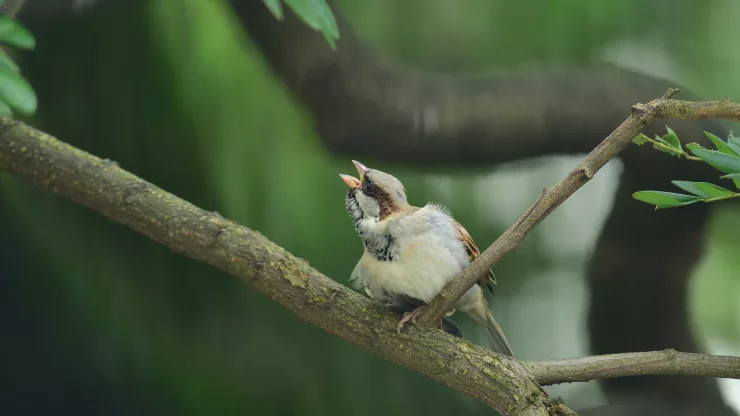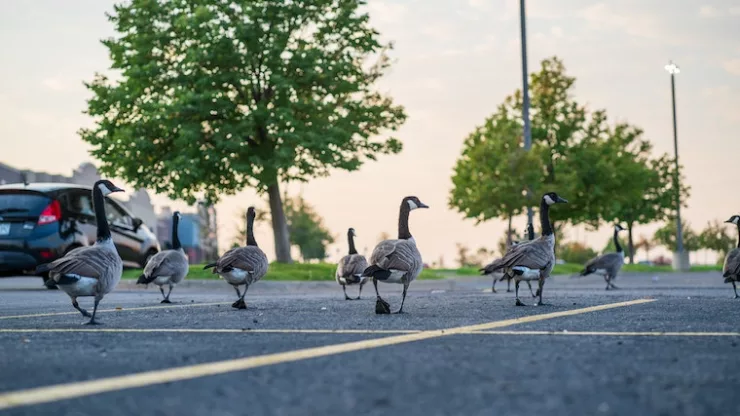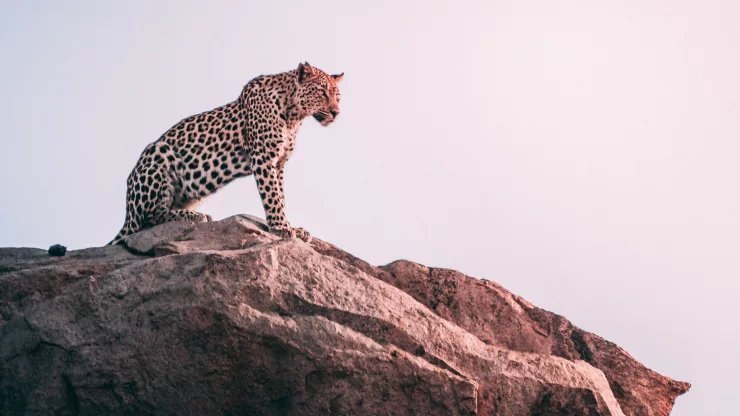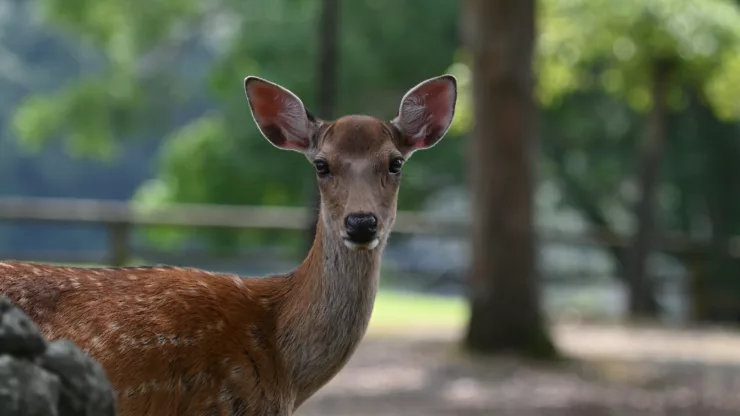Urban Wildlife Rehabilitation: Helping Injured Animals in the City
As cities continue to expand, the natural habitats of many species are being destroyed, leaving animals vulnerable to injury and displacement.
Fortunately, there are dedicated professionals and volunteers who work tirelessly to rescue and rehabilitate injured urban wildlife.
In this article, we will explore the importance of urban wildlife rehabilitation, the challenges faced by rehabilitators, the role of government and communities, and the innovations and advancements in urban wildlife rehabilitation.
Jump to Section
Introduction
Urban wildlife rehabilitation is the process of rescuing, rehabilitating, and releasing injured or orphaned animals that have been affected by human activity in the city.
Wildlife rehabilitators work to provide care and medical treatment to animals that have been injured, sick, or displaced due to habitat loss, pollution, and other environmental factors.
The Importance of Urban Wildlife Rehabilitation
Understanding the Role of Urban Wildlife in Biodiversity Conservation
Urban wildlife plays a crucial role in biodiversity conservation, as they help to maintain the balance of ecosystems in the city.
They act as pollinators, seed dispersers, and scavengers, and they help to control pest populations.
By rehabilitating injured urban wildlife, we help to protect the delicate balance of the urban ecosystem.
Why Urban Wildlife Rehabilitation is Essential for the Ecosystem
Urban wildlife rehabilitation is essential for the ecosystem because it helps to reduce the negative impact of human activity on wildlife populations.
By rescuing and rehabilitating injured animals, we help to prevent their extinction and promote the health and well-being of the urban ecosystem.
Urban Wildlife Rehabilitation: How it Works
The Process of Rescuing and Rehabilitating Injured Animals in the City
The process of rescuing and rehabilitating injured animals in the city involves several steps:
- Reporting: Members of the public report injured or sick animals to wildlife rehabilitators or animal control officers.
- Rescue: Wildlife rehabilitators or animal control officers rescue the injured animal and transport it to a rehabilitation center.
- Examination: The animal is examined by a veterinarian to determine its condition and the necessary course of treatment.
- Treatment: The animal is provided with medical treatment, rehabilitation, and care.
- Release: Once the animal has fully recovered, it is released back into the wild.
The Techniques and Tools Used in Urban Wildlife Rehabilitation
Wildlife rehabilitators use a range of techniques and tools to rehabilitate injured urban wildlife, including:
- Medication and treatment for injuries and illnesses
- Physical therapy and exercise
- Specialized diets
- Enclosures and habitats that mimic the animal’s natural environment
- Tools for monitoring the animal’s progress and behavior
Challenges Faced by Urban Wildlife Rehabilitators
Dealing with Limited Space and Resources in the City
Urban wildlife rehabilitators often face challenges due to limited space and resources in the city.
They may have to work with limited funding, space, and equipment, which can make it difficult to provide the necessary care and treatment to injured animals.
Overcoming the Stigma of Rehabilitating Wildlife in Urban Areas
There is often a stigma attached to rehabilitating wildlife in urban areas, with some people believing that it is not possible or that it is a waste of resources.
Rehabilitators work to overcome this stigma by raising awareness about the importance of urban wildlife rehabilitation and by collaborating with government agencies and communities.
The Role of Government and Communities in Urban Wildlife Rehabilitation
The Importance of Collaboration between Government Agencies and Wildlife Rehabilitators
Collaboration between government agencies and wildlife rehabilitators is essential for the success of urban wildlife rehabilitation efforts.
Government agencies can provide funding, resources, and support to rehabilitators, while rehabilitators can provide expertise and knowledge about urban wildlife.
How Communities Can Contribute to Urban Wildlife Rehabilitation Efforts
Communities can contribute to urban wildlife rehabilitation efforts by:
- Reporting injured or sick animals to wildlife rehabilitators or animal control officers
- Providing financial support to wildlife rehabilitation centers
- Volunteering at wildlife rehabilitation centers
- Advocating for the protection of urban wildlife habitats
The Future of Urban Wildlife Rehabilitation
Innovations and Advancements in Urban Wildlife Rehabilitation
There are several innovations and advancements in urban wildlife rehabilitation that are helping to improve the care and treatment of injured animals. These include:
- Advanced medical treatments and therapies
- Technology for monitoring animal behavior and progress
- New enclosure designs that provide a more natural environment for animals to recover in
The Need for Continued Support and Funding for Urban Wildlife Rehabilitation Programs
Continued support and funding for urban wildlife rehabilitation programs is essential for the success of these programs.
This support can come from government agencies, communities, and individuals who are passionate about protecting urban wildlife.
Conclusion
The importance of urban wildlife rehabilitation cannot be overstated.
By rescuing and rehabilitating injured animals, we help to protect the delicate balance of the urban ecosystem and promote the health and well-being of urban wildlife populations.
We must continue to support and fund these programs to ensure the continued success of urban wildlife rehabilitation efforts.
Frequently Asked Questions
What is urban wildlife rehabilitation?
Urban wildlife rehabilitation is the process of rescuing, rehabilitating, and releasing injured or orphaned animals that have been affected by human activity in the city.
What kinds of animals can be rehabilitated in the city?
A wide range of animals can be rehabilitated in the city, including birds, mammals, reptiles, and amphibians.
How can I help support urban wildlife rehabilitation efforts?
You can help support urban wildlife rehabilitation efforts by reporting injured or sick animals, providing financial support to wildlife rehabilitation centers, volunteering at wildlife rehabilitation centers, and advocating for the protection of urban wildlife habitats.
I’m a nature enthusiast and creator of Metro Wilds and have spent years exploring the great outdoors.
With a passion for environmental conservation and sustainability, I have dedicated my career to writing about the beauty and wonders of nature, as well as the threats facing our planet.
Contact me at [email protected] for assistance.





